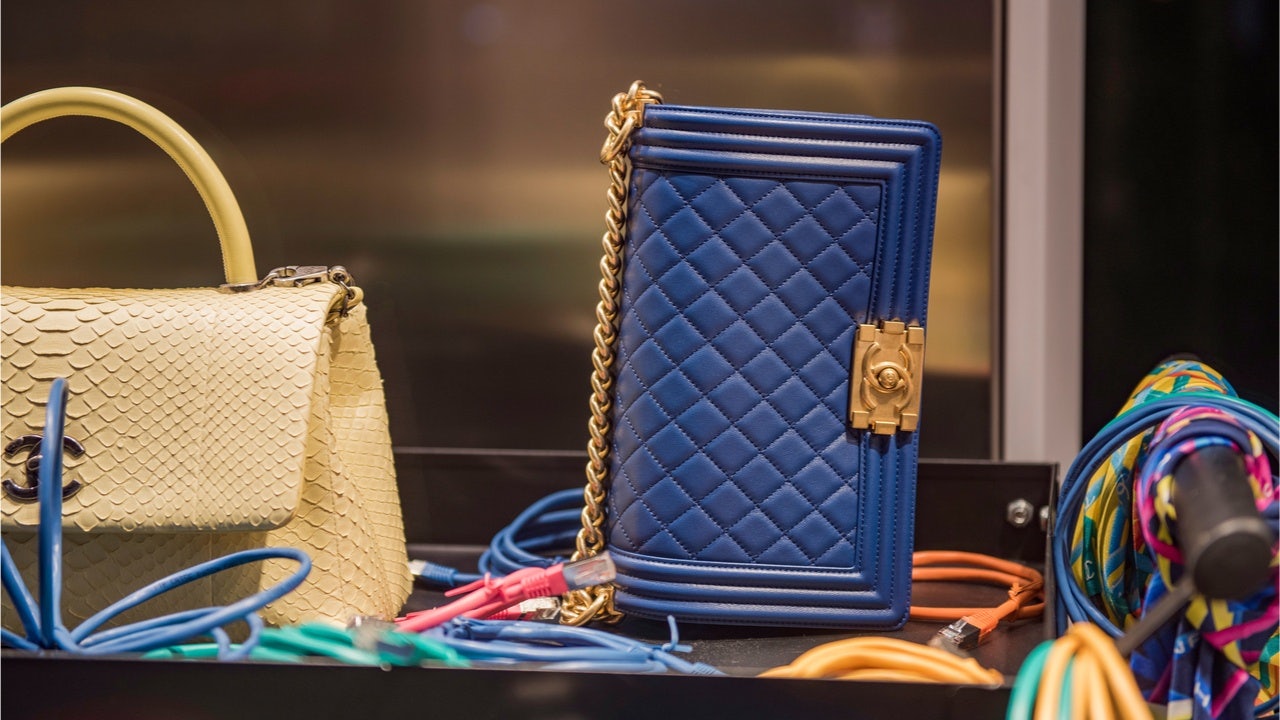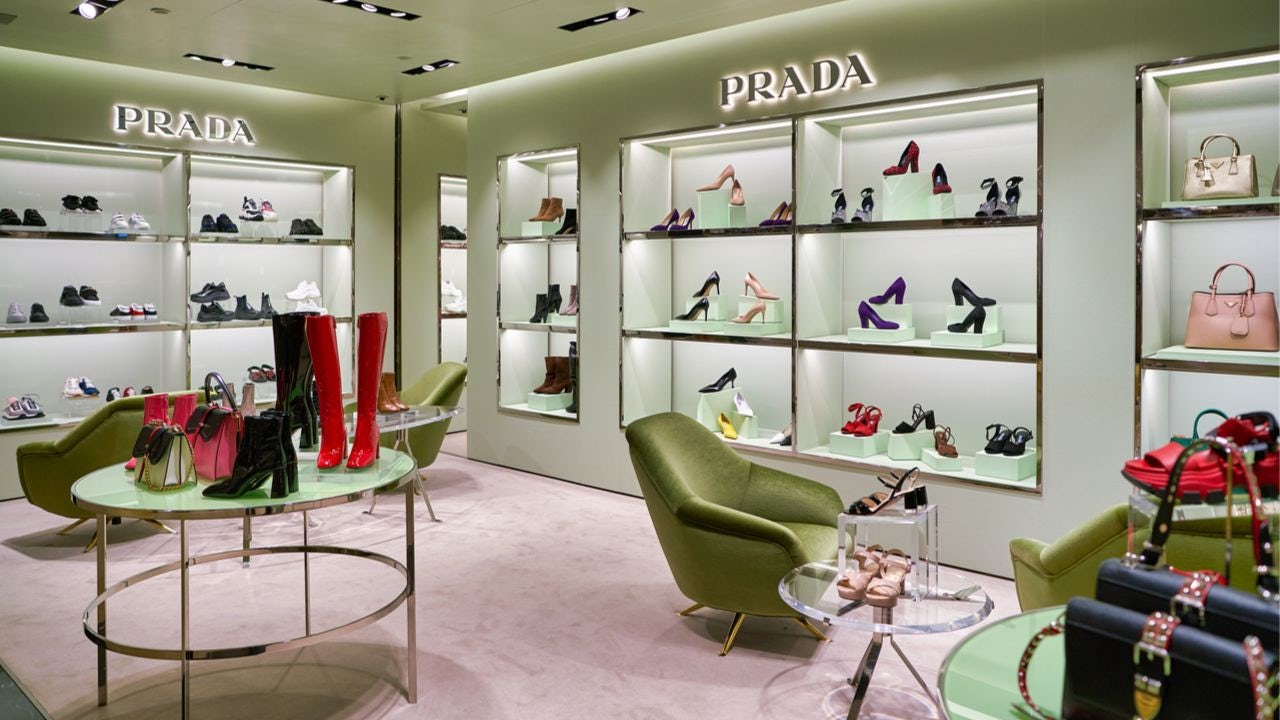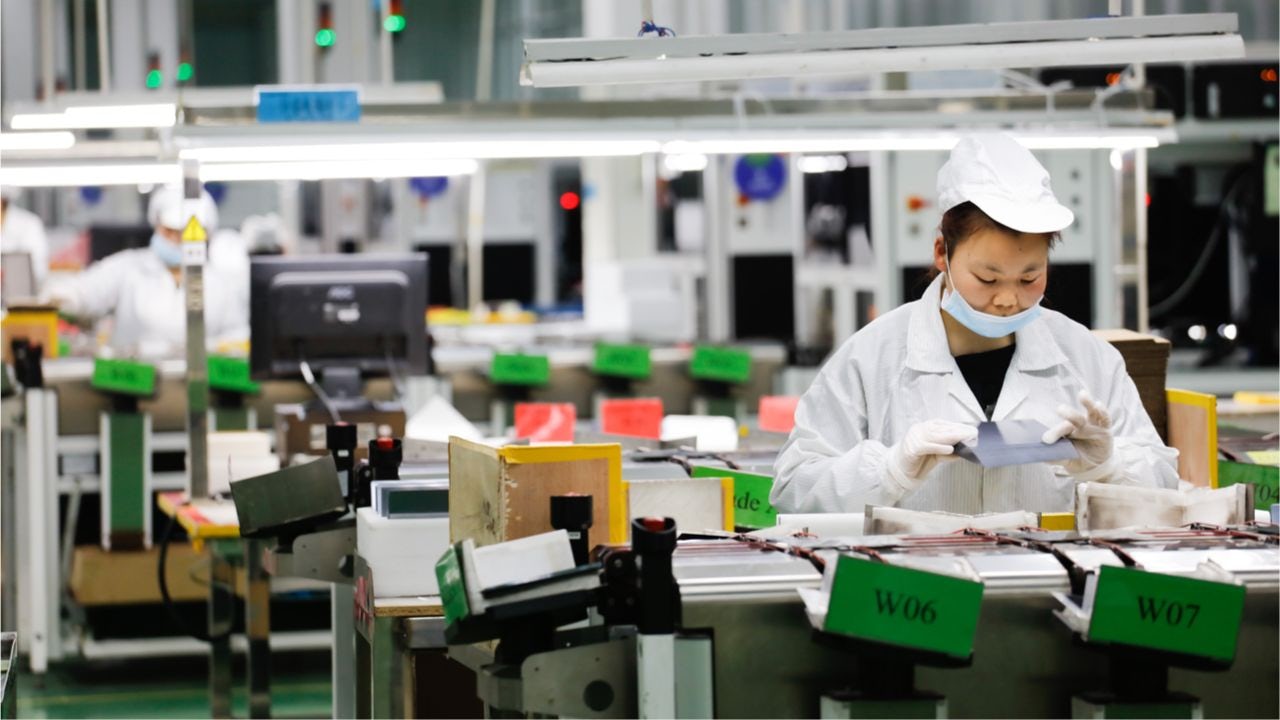China has proven its dedication to a zero-COVID strategy amid the latest COVID surge with a days-long lockdown of the manufacturing hub of Shenzhen as well as Shanghai. Many have noted the looming supply chain shock that impacts everything from electronics to cars as the Yantian port processes 90 percent of electronics exports from the country. It isn’t just widgets or iPhones that might prove more elusive in coming months, though, if China holds on to the same pandemic management tactics. Luxury goods, notably small, high-margin items like bags and shoes, could also be scarce.
As one of the world’s leading luxury markets, China’s role in manufacturing has, in recent years, been less headline-grabbing — and that’s just how many global luxury brands like it. “Far more luxury goods are produced in China that brands admit,” says Dana Thomas, author of Deluxe: How Luxury Lost Its Luster, “Brands have also long maintained that the reason their goods command such a high price is because Euro-based artisanal work is more expensive; Chinese production is a fraction of the price. So, when they offshore to China, they have to keep the move quiet, so as not to undermine their own finely crafted marketing message.”
Thomas recalls attending a luxury conference in Hong Kong, where one major CEO told the audience categorically that his brand did not produce in China; another attendee, who also ran a major marque scoffed in an interview that same day that not only did his company not produce in China now, it never would. “And then the next day, I went to visit a factory in Shenzhen, and both brands were being produced there,” Thomas says, “I can assure you: this factory was not making fakes.”
The appeal of making in China, of course, is simple: lower overheads created potential that many luxury brand founders could never imagine. “Luxury profits didn’t just increase — they went to the moon and back,” says Thomas.
Now, as China’s policy threatens luxury, major firms who both make in, and sell to, China are having to be more transparent about their supply chains. This means that those who deliberately concealed sourcing might well have to navigate and explain shortages of must-have items that should no longer face pandemic-related constraints, especially as countries like Italy and France remove their COVID-regulations.
Moreover, the war against Ukraine and rising inflation are other major factors which have the sector bracing. After all, companies are accountable to shareholders and must make profits. Although many luxury houses, Chanel, LVMH and others, already heavily invest in local production, the lure of cheaper production weighs heavily. A return to complete nearshoring of goods requires a dramatic shift in business thinking, logistics, and revenue. As long as globalization and capitalism exist, this is unattainable.


